Advantages, Disadvantages, and Risks of JIT Supply Management
VerifiedAdded on 2022/08/25
|12
|755
|18
Report
AI Summary
This report provides a detailed analysis of Just-In-Time (JIT) supply management, outlining its various advantages, disadvantages, and associated risks. The advantages discussed include reduced space requirements, waste reduction, prevention of over-production, decreased defects, minimized transport costs, and reduced capital tied in stock, leading to cost savings and improved quality. The report also highlights the benefits of a smooth production flow, reduction in waiting time, and stronger relationships between employees and vendors. However, the report also identifies several risks, such as the potential for stock shortages, the need for more planning, and a lack of flexibility. Other risks include supply shocks, demand shocks, and the impact of natural disasters. The report concludes by emphasizing the complexity of JIT and the importance of overcoming challenges such as forecasting. References from various studies are provided to support the analysis.
1 out of 12
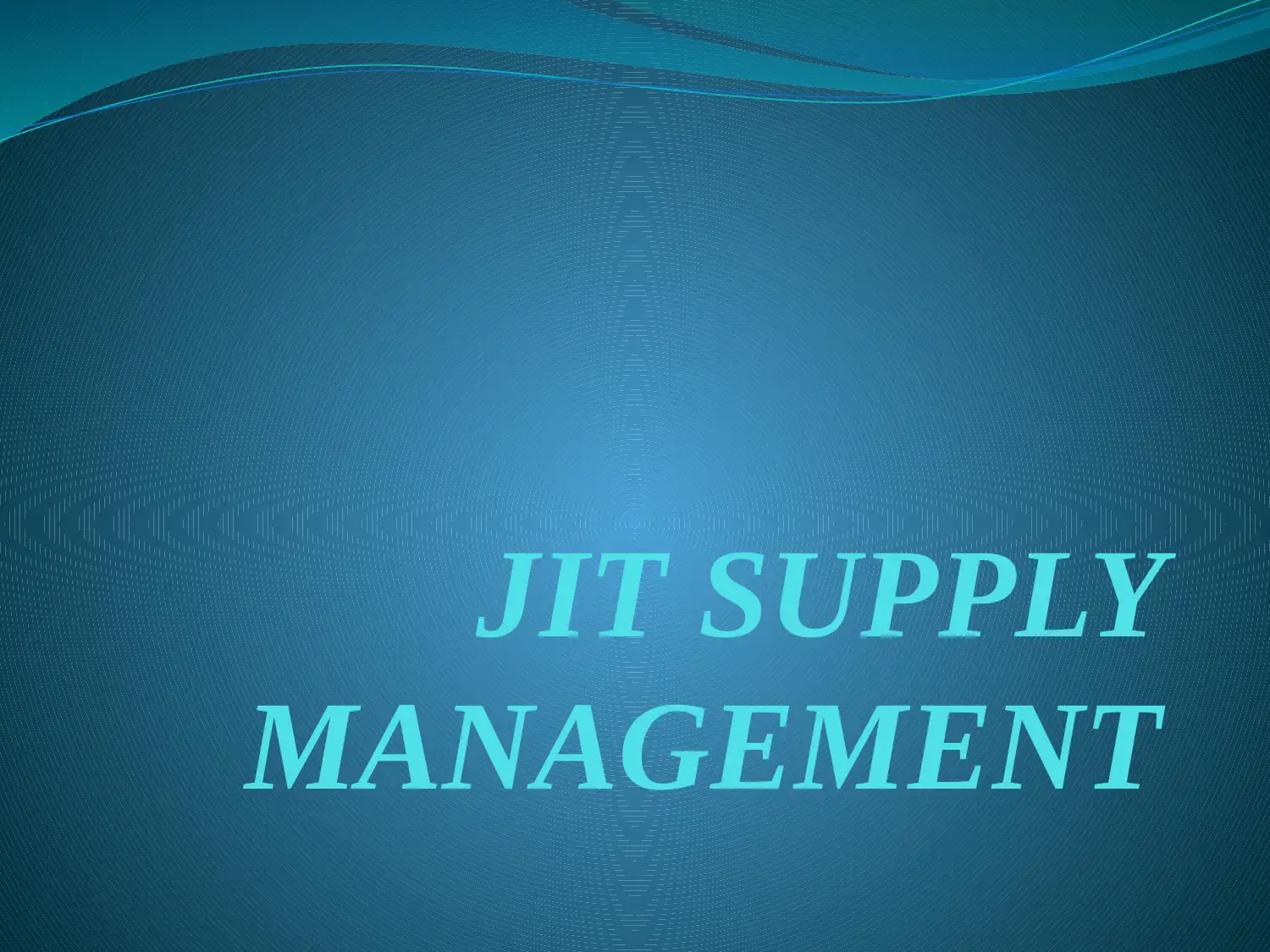
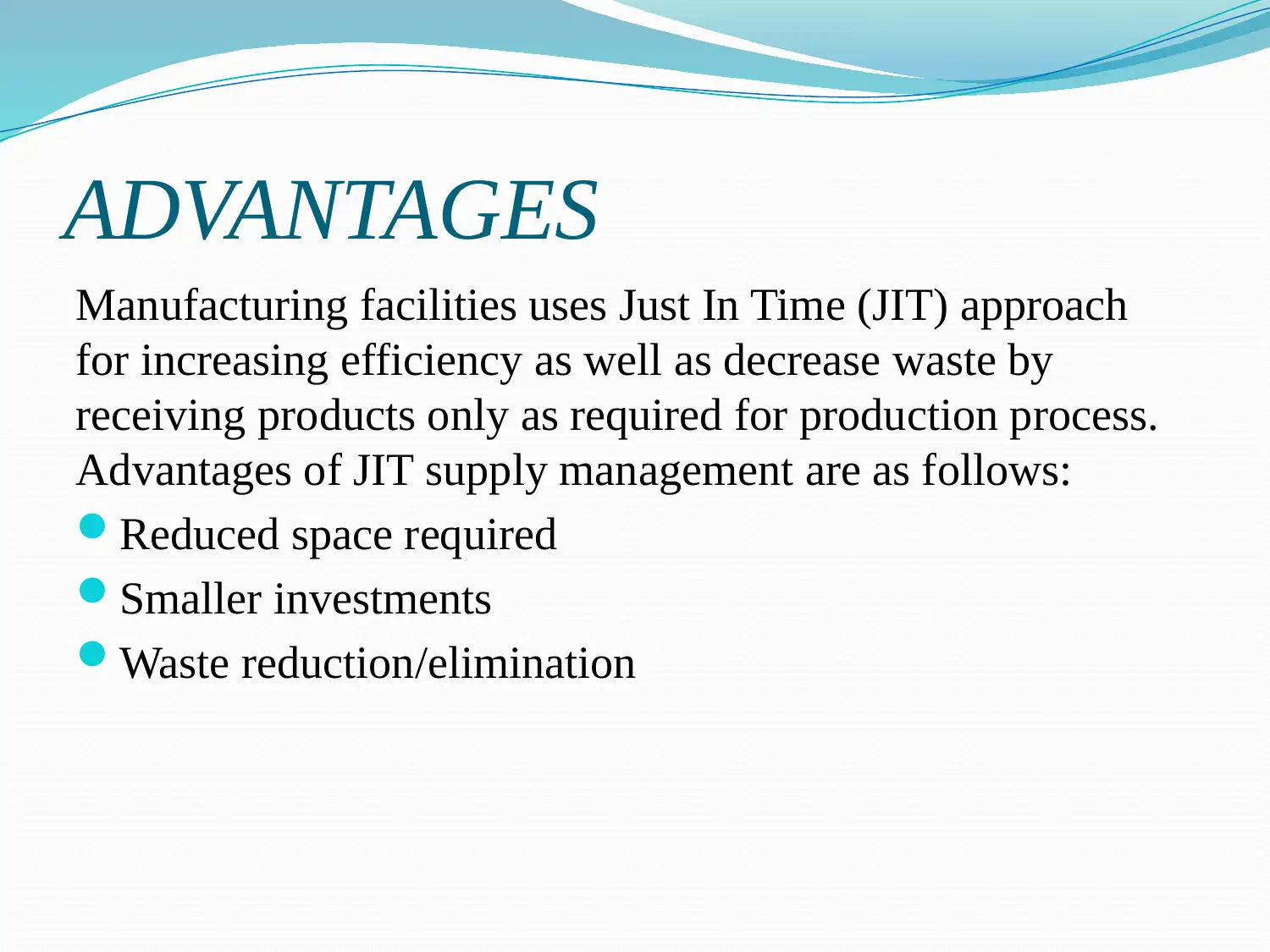
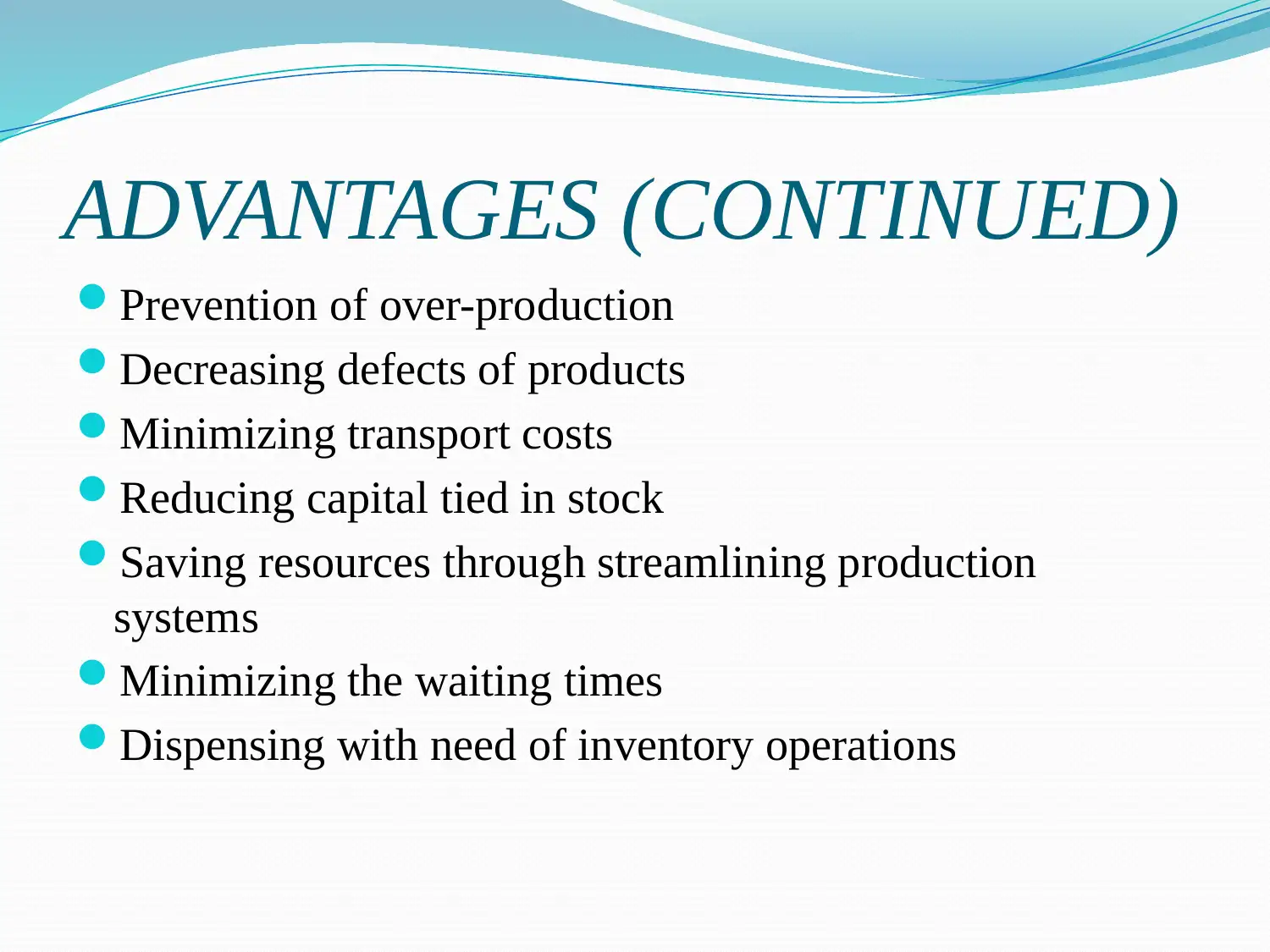

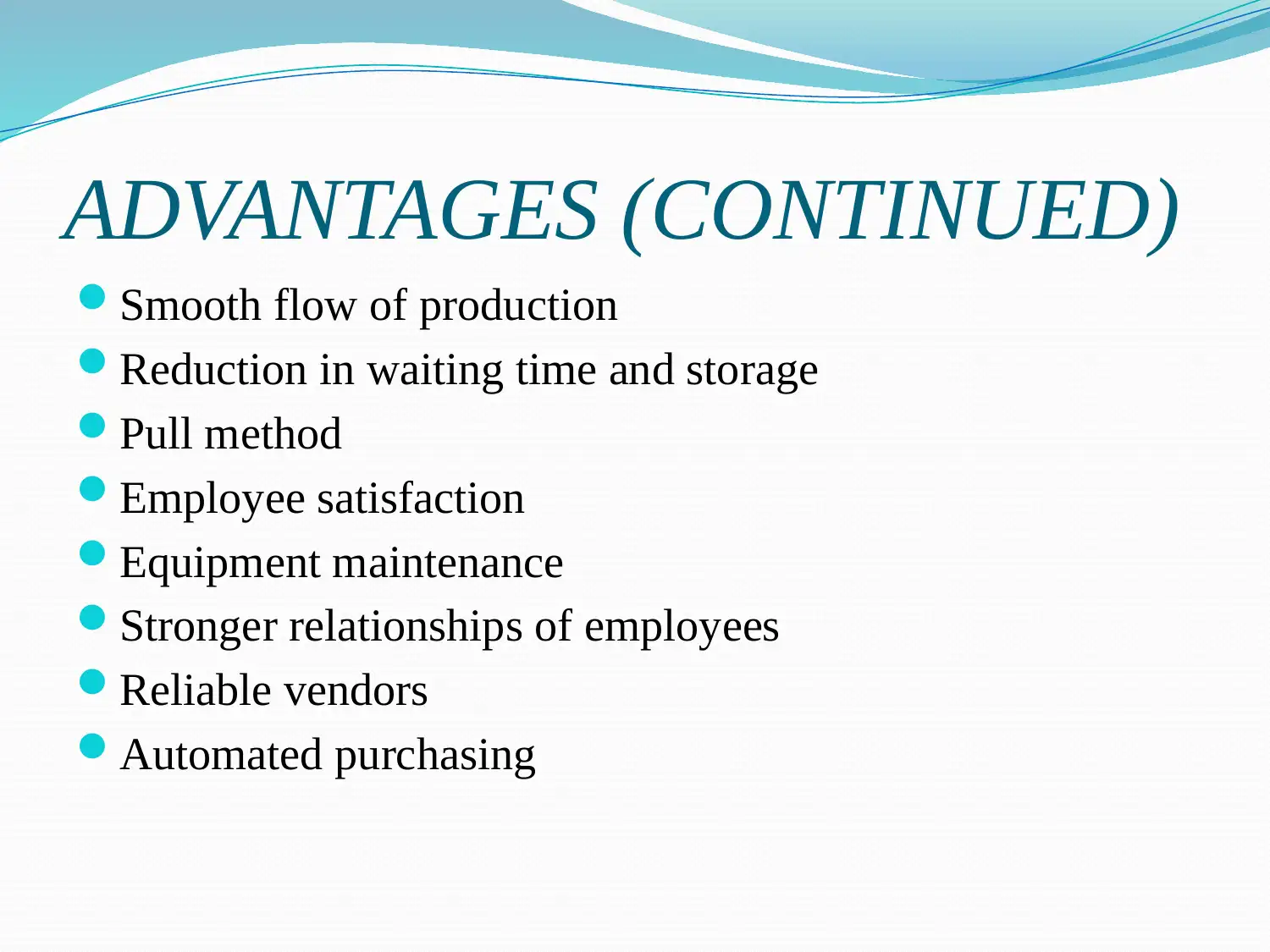
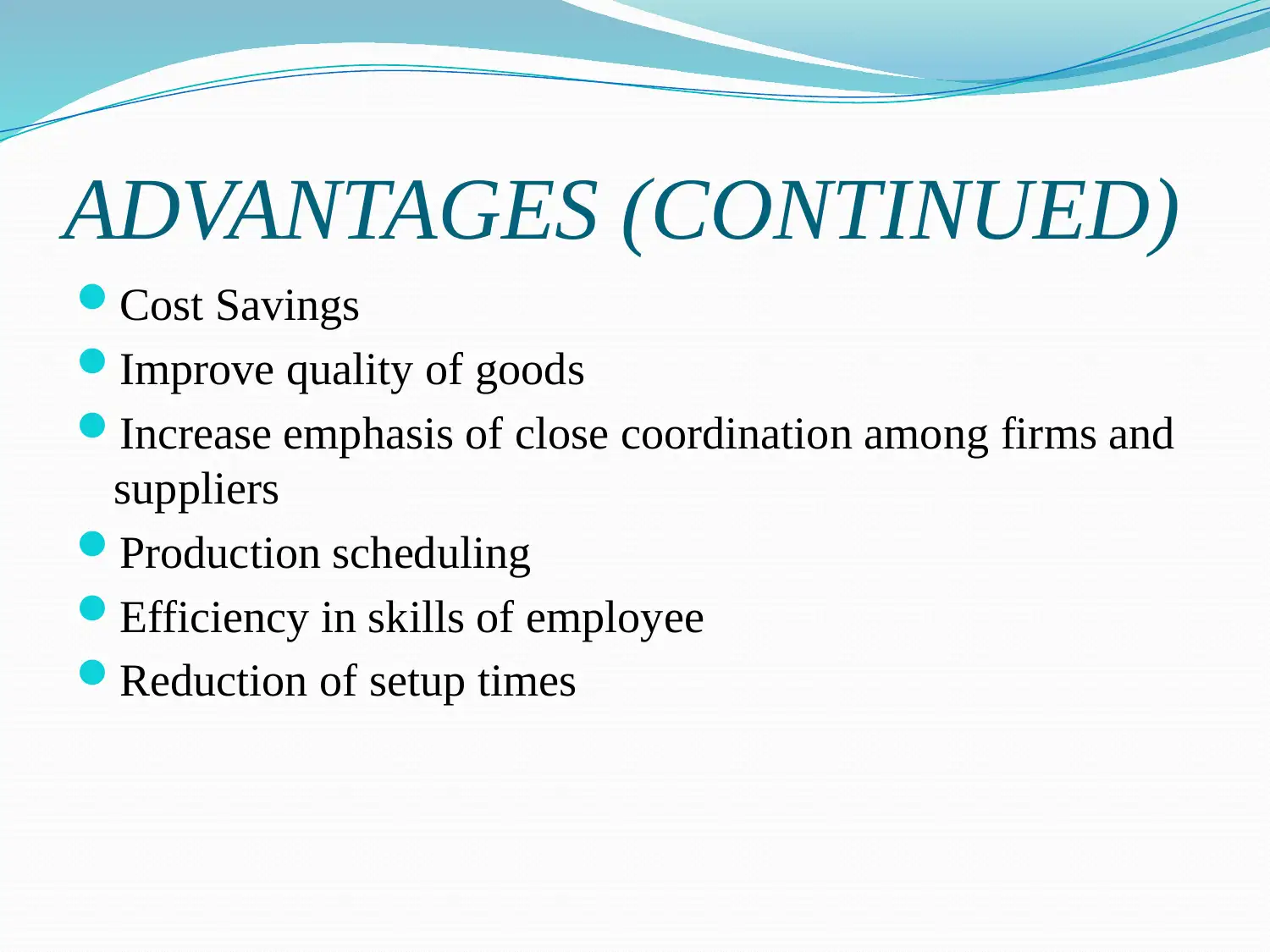
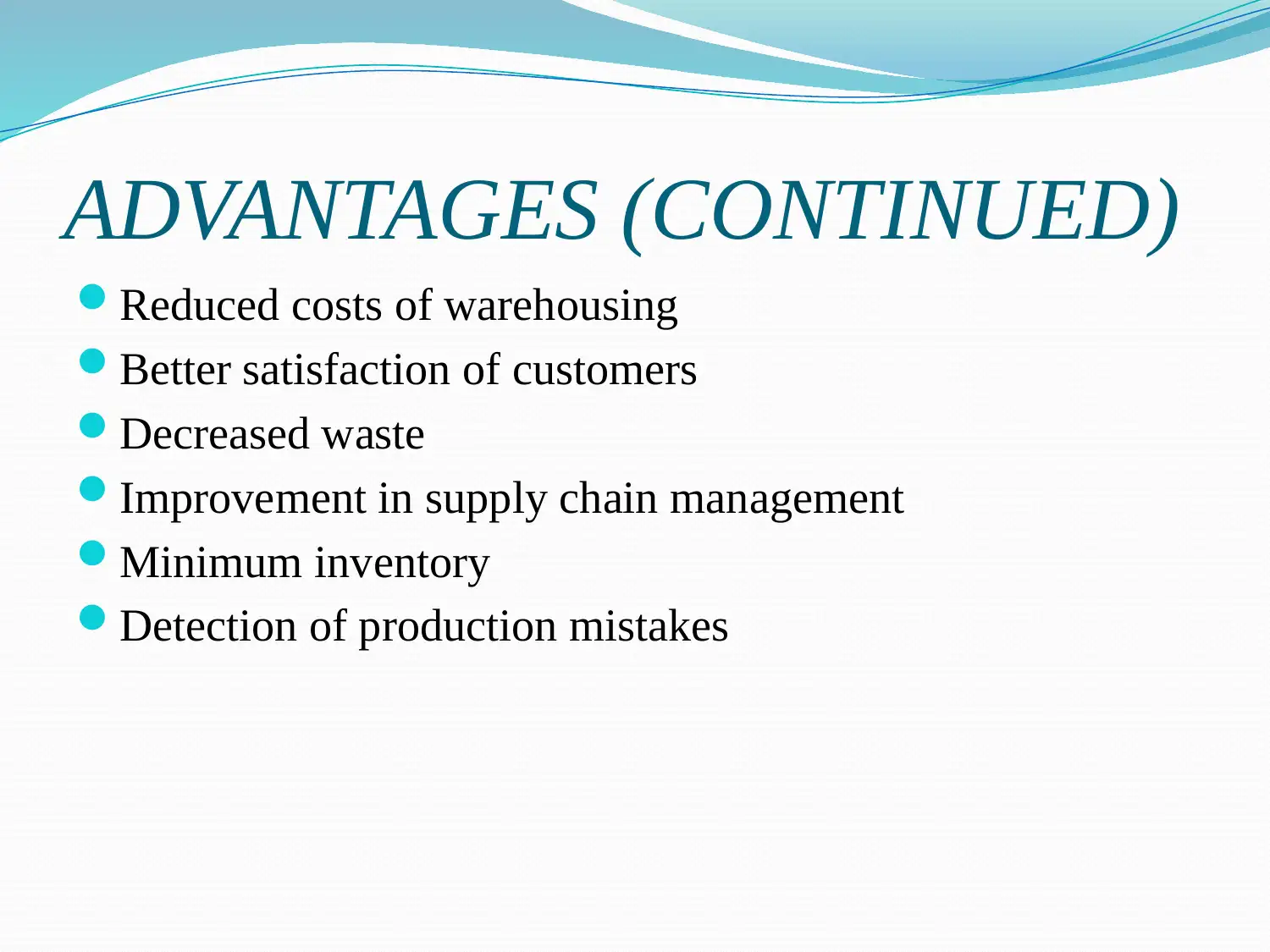
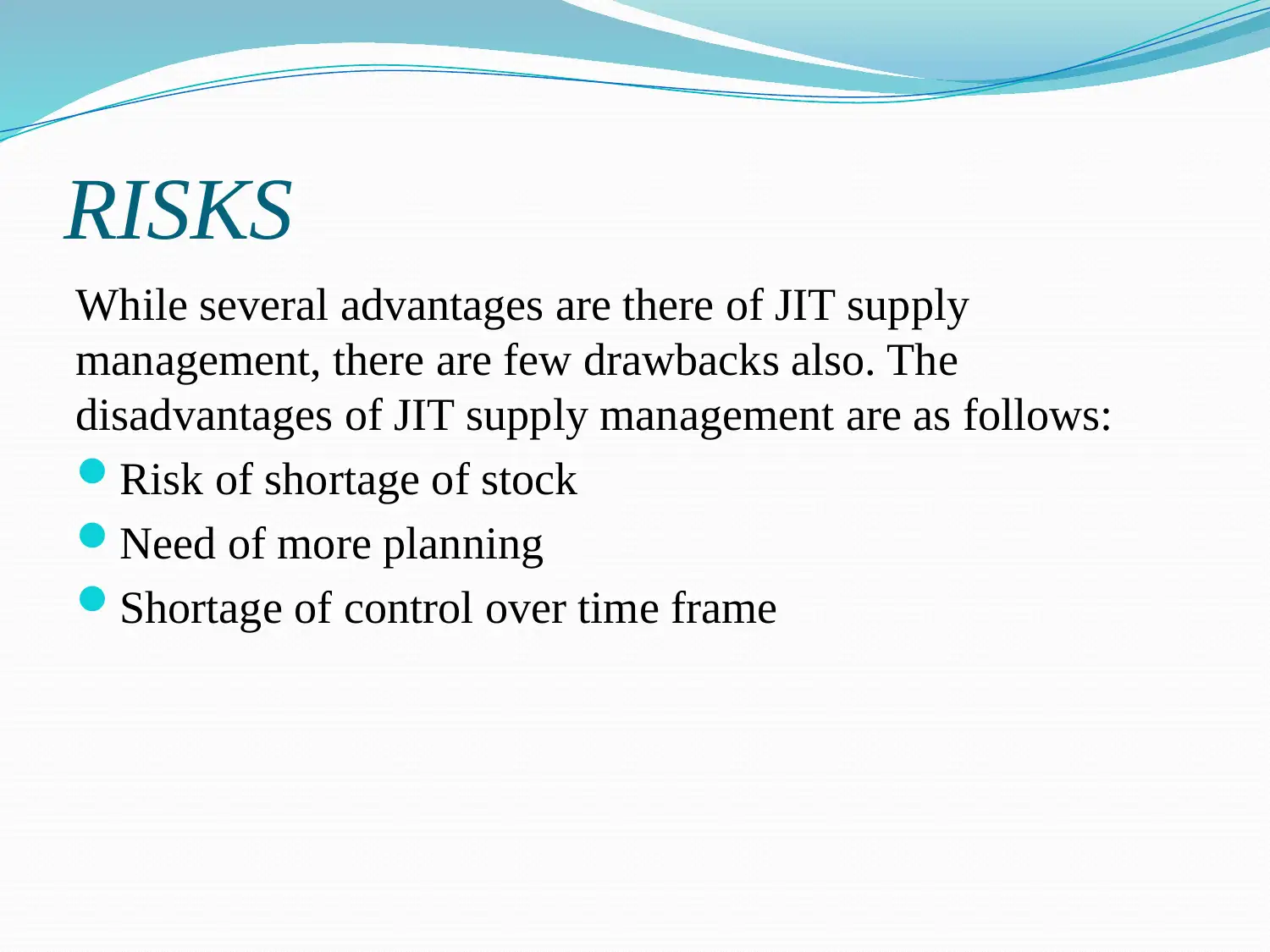
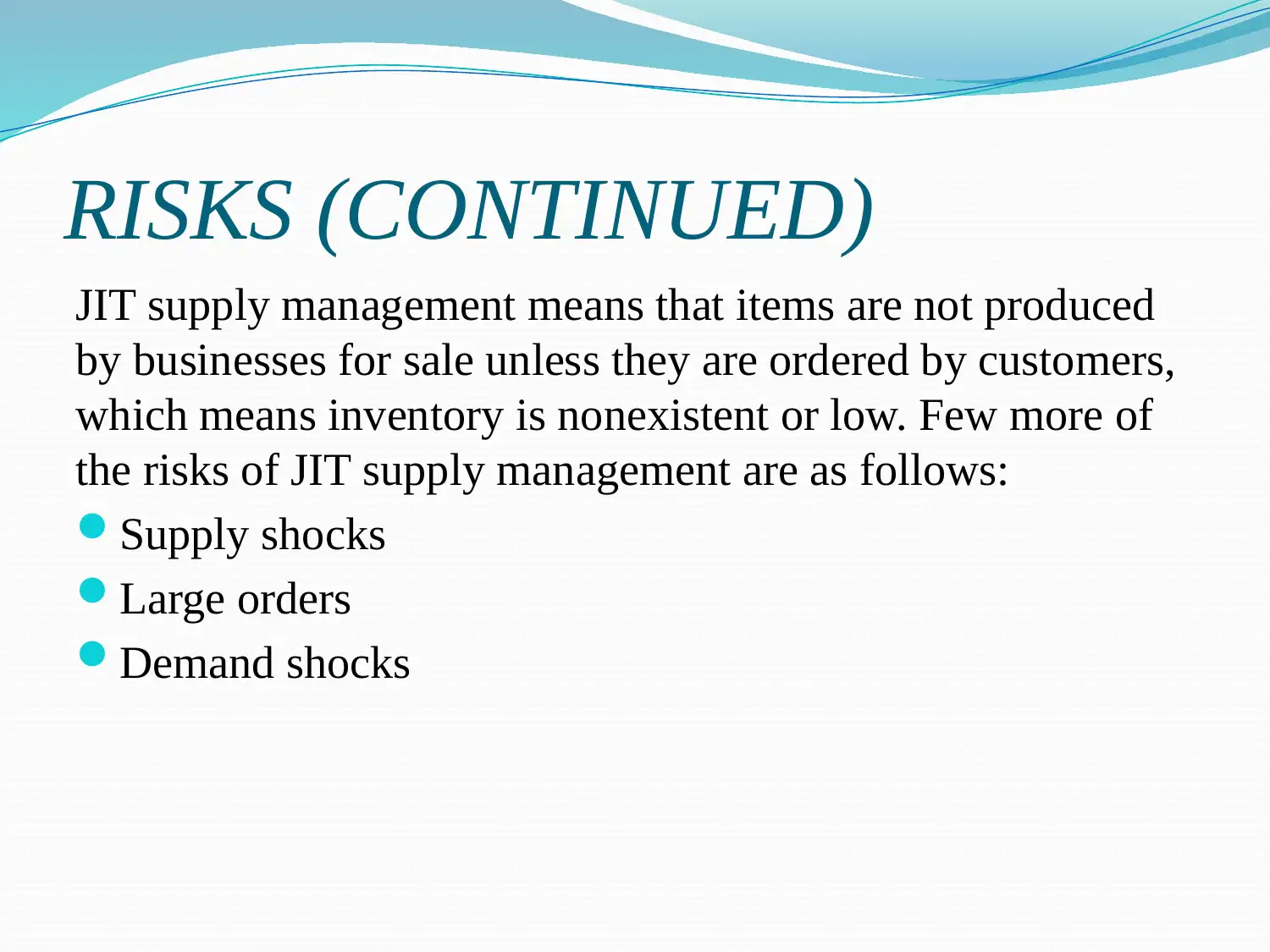
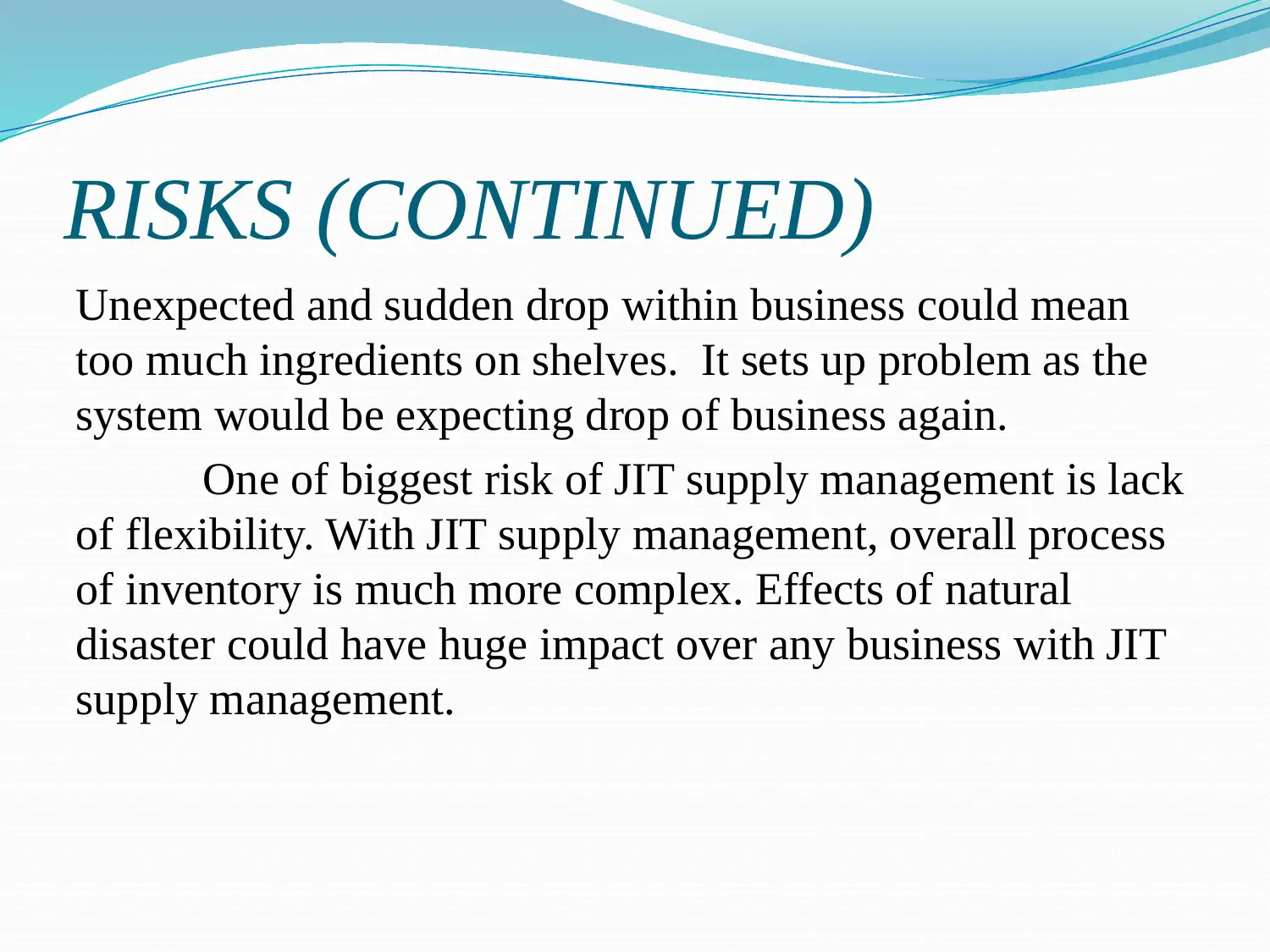
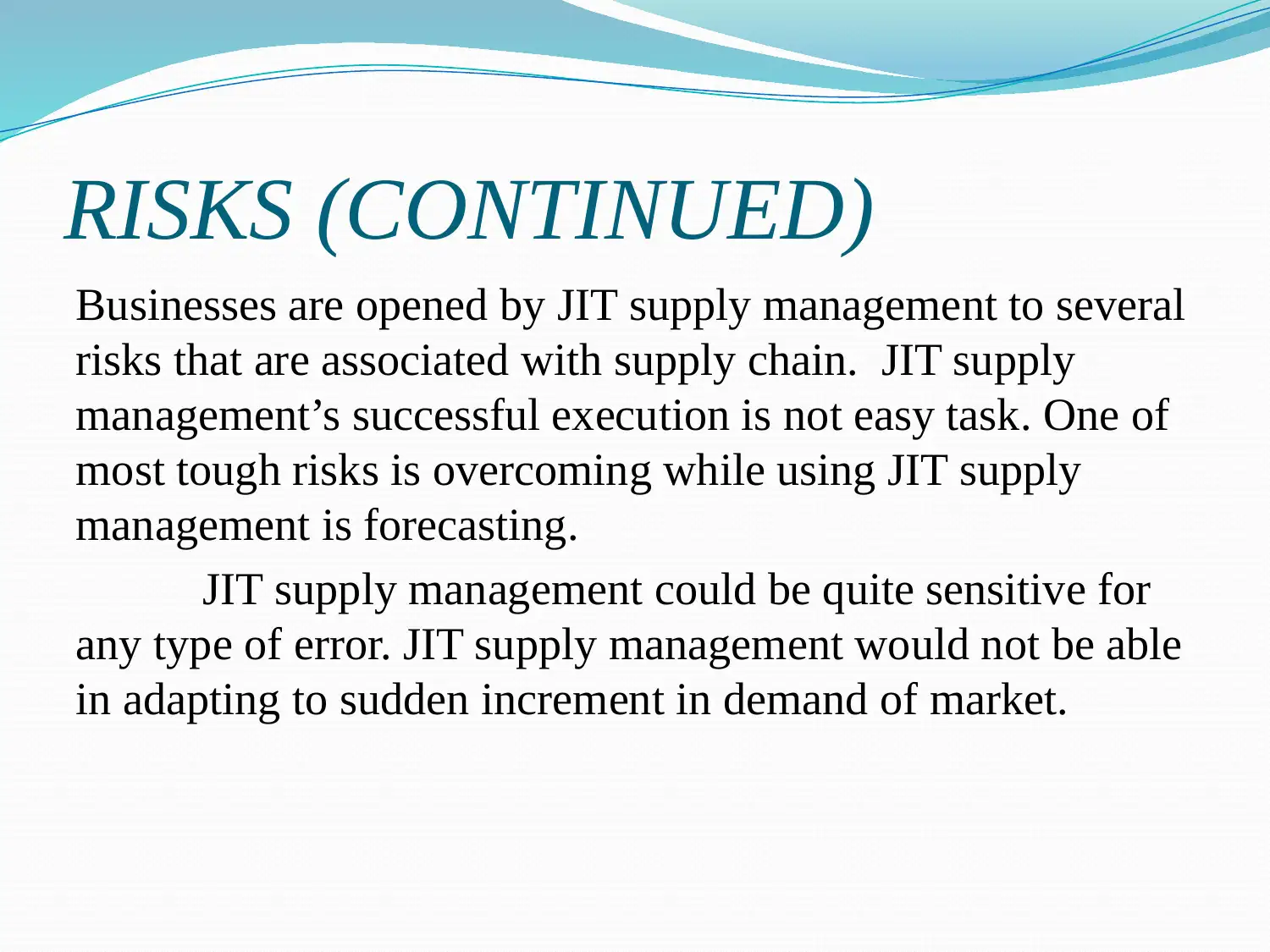
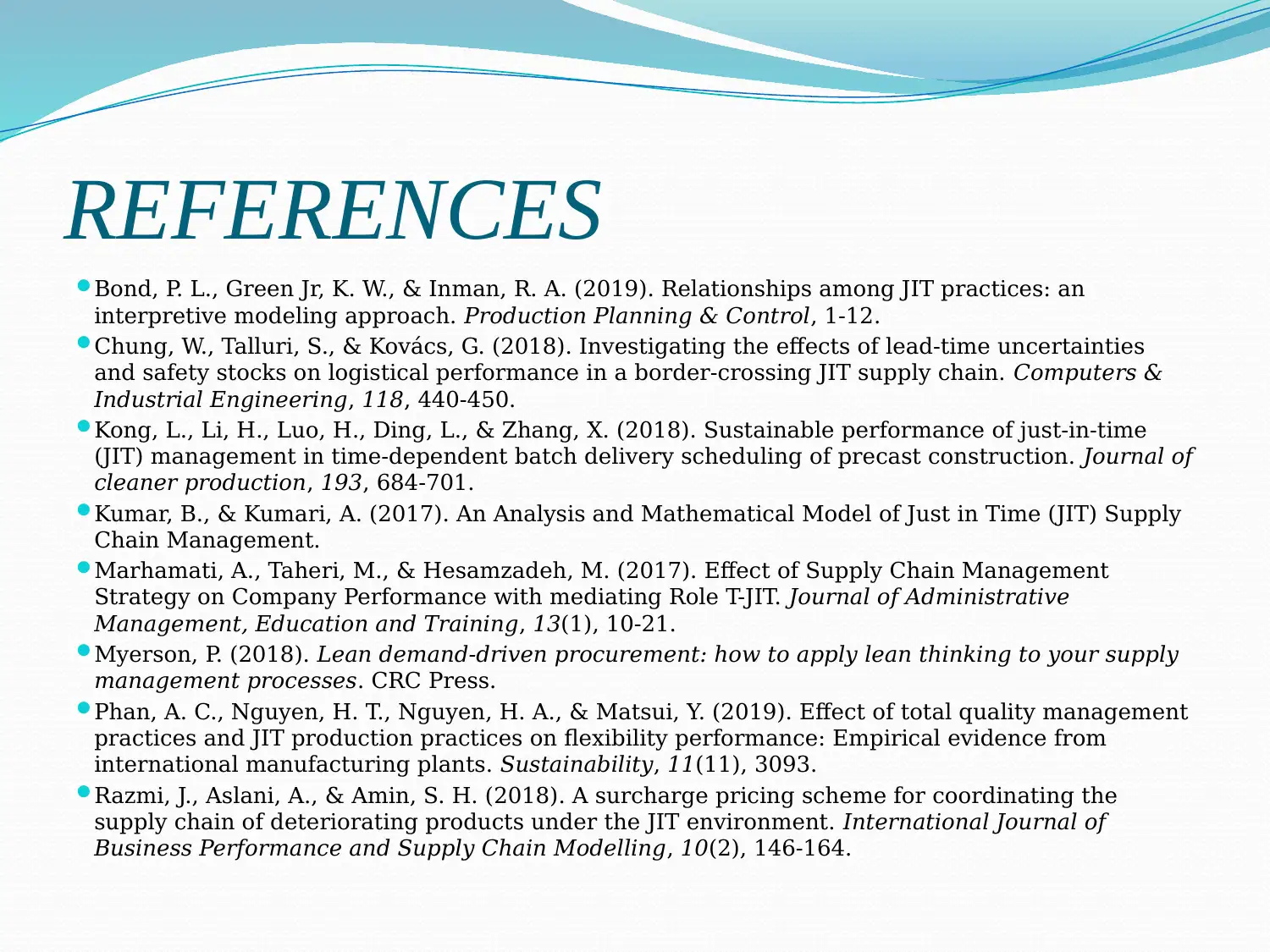







![[object Object]](/_next/static/media/star-bottom.7253800d.svg)